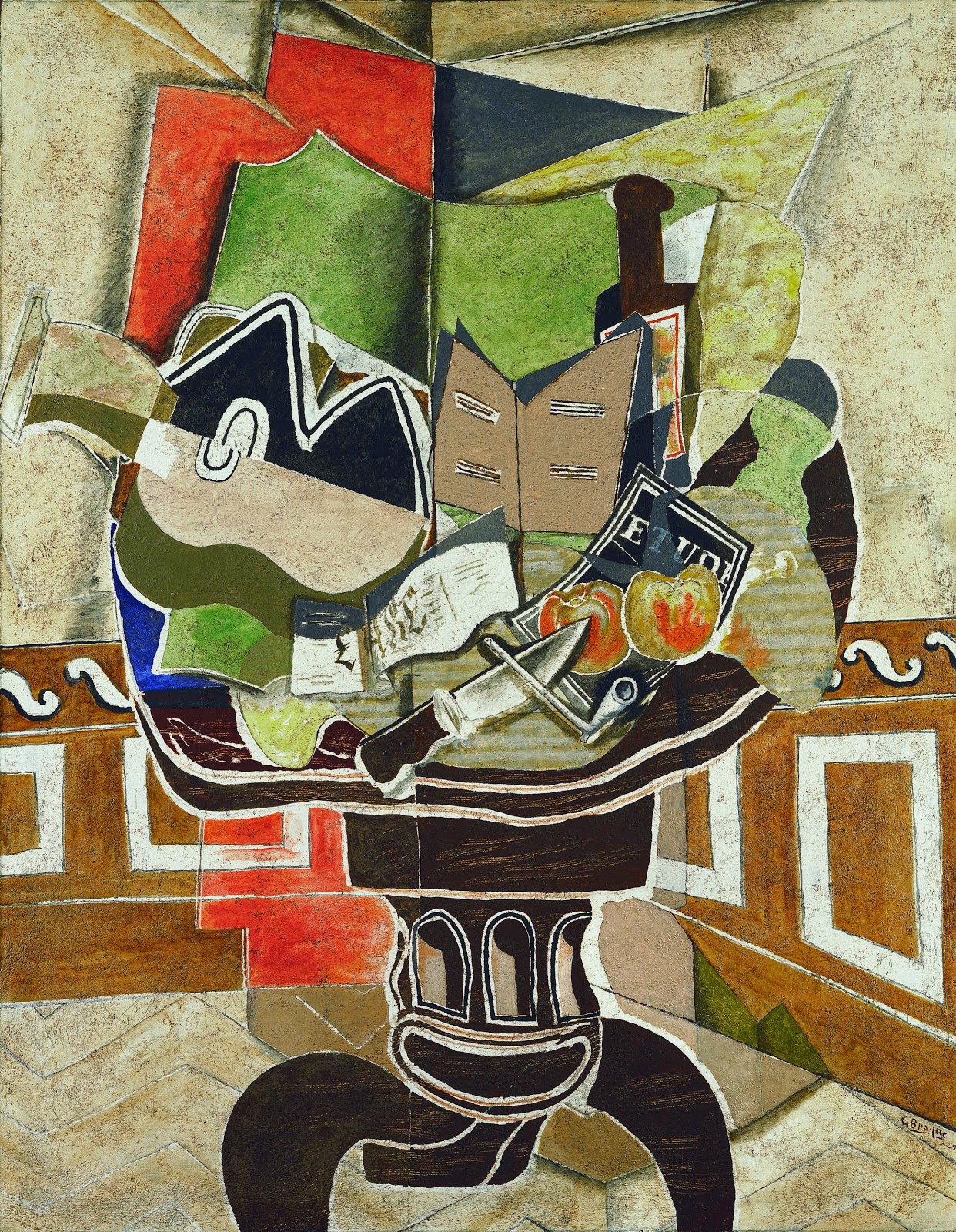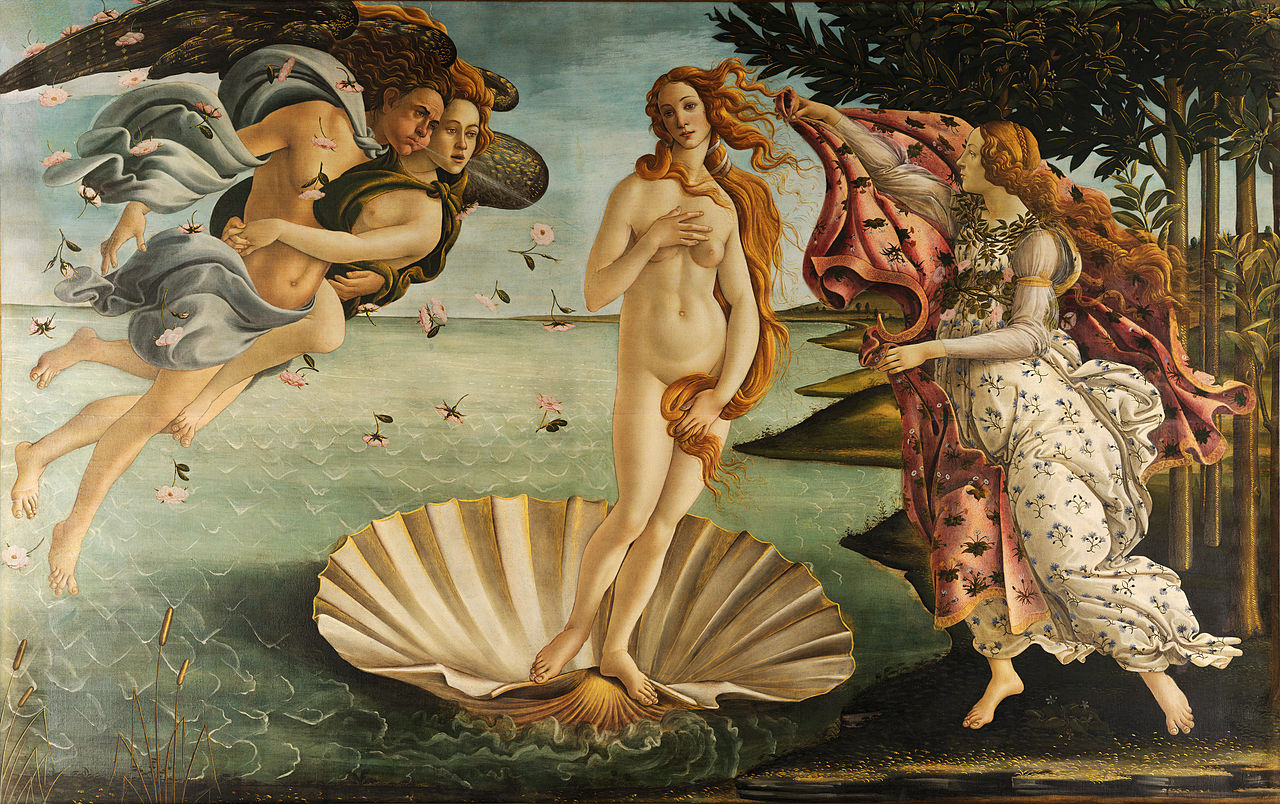Hendrik Willem Mesdag, born in a wealthy Groningen family of bankers, worked in his father’s business till the age of thirty-five. After an inheritance of his wife, Sientje van Houten, had rendered him independent, he abandoned his secure position at his father’s bank and followed his artistic ambitions. During a four years stay in Brussels he served his apprenticeship with the famous landscapist Willem Roelofs and grew familiar with the art of the Barbizon School, sharing their fascination for working in the open air (En plein air).
After a stay on the German island Norderney in 1868, Mesdag got fascinated by the sea.
Home » Tutti i post

Hendrik Mesdag | The painter of Sea scenes

James Wilson Morrice | Post-Impressionist painter

Maurice Prendergast | Post-Impressionist painter
Maurice Brazil Prendergast (1858-1924) was born in Saint John's, Newfoundland, to a shopkeeper who moved the family to Boston in 1868.
He left school after only eight or nine years and went to work for a commercial art firm. He never married and throughout his life was accompanied and supported by his brother Charles, a gifted craftsman and artist in his own right.
According to Charles, Maurice always wanted to be an artist and spent every available moment sketching. In 1892, Maurice traveled to Paris, where he spent three years.

Seung Mo Park, 1969 | Wire Sculptor
South Korean artist Seung Mo Park 성 명 박 승 모 (朴勝模) creates gorgeous sculptures from tightly wrapped aluminium wire over fibreglass forms.
Park gained a Bachelor of Fine Arts from Dong A University in Busan, South Korea’s second largest city after Seoul.
Making up Park’s ‘Human’ series, the figures display painstaking attention to detail, from the bone structure and curves of the human bodies, to the delicate strands of hair and the folds and wrinkles of draped clothing.

Richard Stainthorp | Wire Figurative Sculptor
British sculptor Richard Stainthorp captures the beautiful energy and fluidity of the human body using wire. The life-sized sculptures feature both figures in motion and at rest, expressed in the form of large-gauged strands that are densely wrapped around and through one another. By doing this, he gives the work an undeniable presence. Stainthorp also allows the bent wires to shine by keeping their metallic appearance free from any obvious painting or additions.

Georges Braque | Fauve / Cubist painter
Georges Braque, (born May 13, 1882, Argenteuil, France-died August 31, 1963, Paris), French painter, one of the important revolutionaries of 20th-century art who, together with Pablo Picasso, developed Cubism.
His paintings consist primarily of still lifes that are remarkable for their robust construction, low-key colour harmonies and serene, meditative quality.

Pierre-Albert Marquet | From Fauvism to Naturalism
Albert Marquet (1875-1947) was a French painter and draughtsman, known for his contributions to the Fauvist movement and later for his naturalistic landscapes.
Marquet was a studio outdoor painter: he painted from his window.
It was in Normandy that he invented his formula of a landscape viewed from high up, away from curious onlookers, with an eye for framing, simplified shapes and a very sure colour sense.

Sandro Botticelli | The Birth of Venus, 1485
"The Birth of Venus" is undoubtedly one of the world’s most famous and appreciated works of art. Painted by Sandro Botticelli between 1482-1485, it has become a landmark of XV century Italian painting, so rich in meaning and allegorical references to antiquity.
The theme comes from Ovid’s Metamorphoses, a very important oeuvre of the Latin literature. Venus is portrayed naked on a shell on the seashore; on her left the winds blow gently caressing her hair with a shower of roses, on her right a handmaid (Ora) waits for the goddess to go closer to dress her shy body.
The meadow is sprinkled with violets, symbol of modesty but often used for love potions.
Iscriviti a:
Post (Atom)










